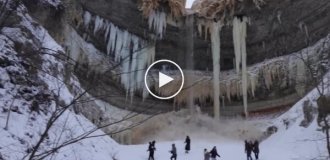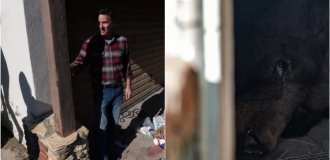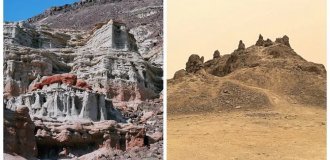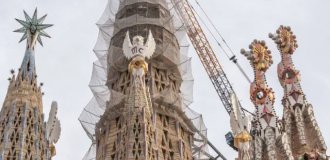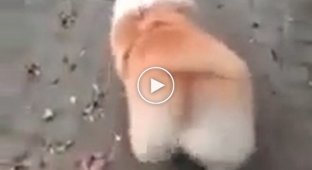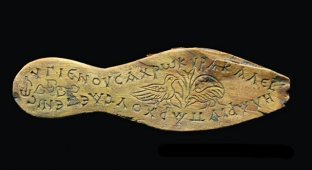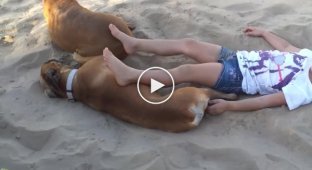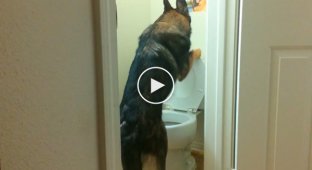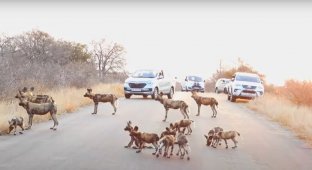Dogs are not just our best friends. They are heroic in protecting their owners. And they deserve the appropriate honors after death. However, not everything is clear with this unusual burial place. 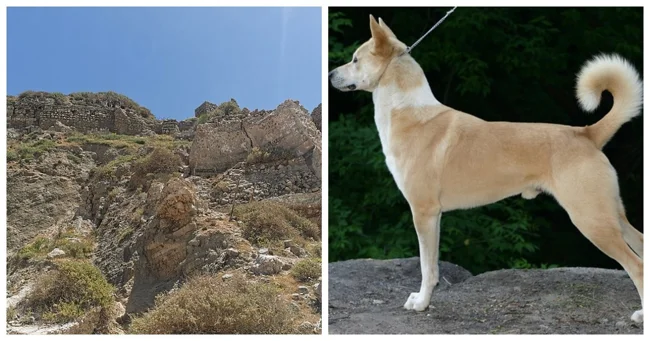
About 50 kilometers south of Tel Aviv, on the Mediterranean coast, not far from the ancient city of Ashkelon, archaeologists from the 1985 Leon Levy expedition were excavating under a hill. And they discovered something interesting - more than a thousand dog skeletons and skeletal remains dating from the 5th-3rd centuries BC. This discovery was unprecedented, as nowhere in the ancient Near East had so many dog burials been found in one place and with no apparent reason for the burials. This discovery attracted the interest of many scholars, who tried to find an explanation. 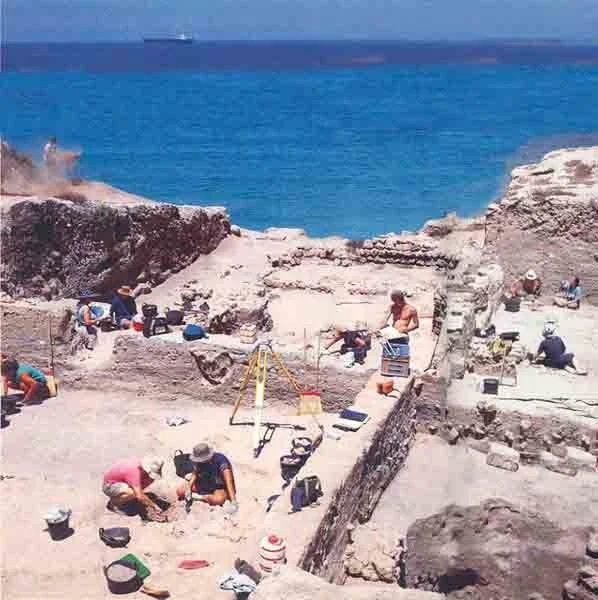
The dogs were buried in shallow, seemingly unmarked pits, laid on their sides with their tails tucked between their hind legs. Many of these dog burials were located under streets and narrow alleys, requiring small pits that closely confined them. Some dogs were laid with their legs pressed tightly together, reminiscent of the position in which they were held prior to burial. Notably, there were no burial offerings, and the animals had no particular orientation when placed. There were no noticeable traces of any external intervention on the remains. Analysis of the burial stratigraphy, as well as the age of the dogs at the time of death, led to the conclusion that these dogs did not die as a result of a single cataclysm. It seems that they died and were buried gradually over a long period of time.
American archaeologist Lawrence Stager, who led the excavations, claimed that the dogs belonged to a Phoenician healing cult, in which they were trained to lick people's wounds or ulcers in exchange for a treat. 
Ashkelon Cemetery
He believed that these dogs were worshiped in a temple on the seashore, located near the burial site (although no signs of this temple were found). Therefore, they were considered sacred, and after death they were buried with honors. There is also evidence of a possible cult connection between dogs and the Near Eastern goddess Astarte, which is confirmed by Herodotus. In his writings, he mentions that the most ancient temple in Ashkelon was dedicated to Aphrodite, whom the Greeks associated with Astarte.
Dogs, and in many cases puppies, were associated with a variety of cults and rituals in the ancient cultures of the Near East. In Ancient Egypt, dogs and other animals were associated with several deities, such as Dwamutef, Wepwawet, Khentimentiu, and most notably Anubis, and were venerated in special temples. In Achaemenid Iran, dogs were especially revered and were considered the second most important creature after humans by the Zoroastrians. 
Asclepius
In Ancient Greece, dogs were associated primarily with Asclepius, who, according to one mythical theory, was looked after by a dog as a child. Dogs were used in healing rites at the Temple of Asclepius in Epidaurus. They were also associated with the goddess Hecate and were often sacrificed to her during burial rites. 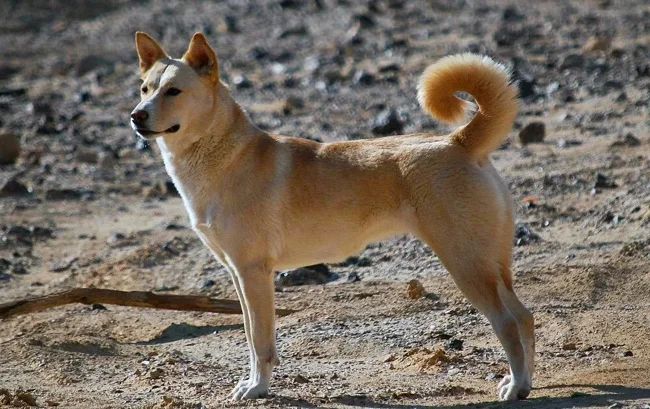
Canaan Dog, a breed similar in appearance to the dogs buried in Ashkelon
Researchers do not rule out the possibility of ritual killing. This is indirectly confirmed by the predominance of puppies among the buried dogs. However, it should be taken into account that high mortality among young animals was not uncommon in pre-veterinary conditions. 
Researchers Wapnish and Hesse rejected the theory of a dog cult and the religious nature of the burials.
Instead, they argue that the dogs were semi-wild city dogs whose burial in one main place was simply the result of local customs, not religious motives. They suggested that the act of burial may have been something that actually mattered to the people of Ashkelon, and that the corpses and graves were of no significance. They also refused to call the site a cemetery, arguing that "the dogs were buried where there was room." 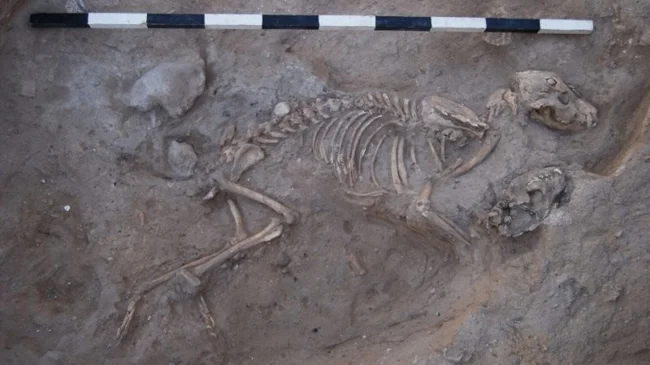
Due to the passage of time and centuries, it is likely that the exact reason for the creation of this strange place will not be known. But in any case, the Ashkelon dog cemetery will remain an object of interest, close attention and a landmark. 
Add your comment
You might be interested in:


